Designing a logo is one of the most important steps in building a brand. A logo is not just a symbol; it represents the company’s identity and helps connect with the target audience. This guide provides a detailed overview of the entire logo design process — from initial brainstorming to final touches — offering insights into creating a professional and unique logo.
Table of Contents
- Understanding the Brand
- Conceptualization
- Logo Types and Styles
- Choosing Colors and Typography
- Digital Design Process
- Refining the Logo
- Finalizing the Logo
- Conclusion
1. Understanding the Brand
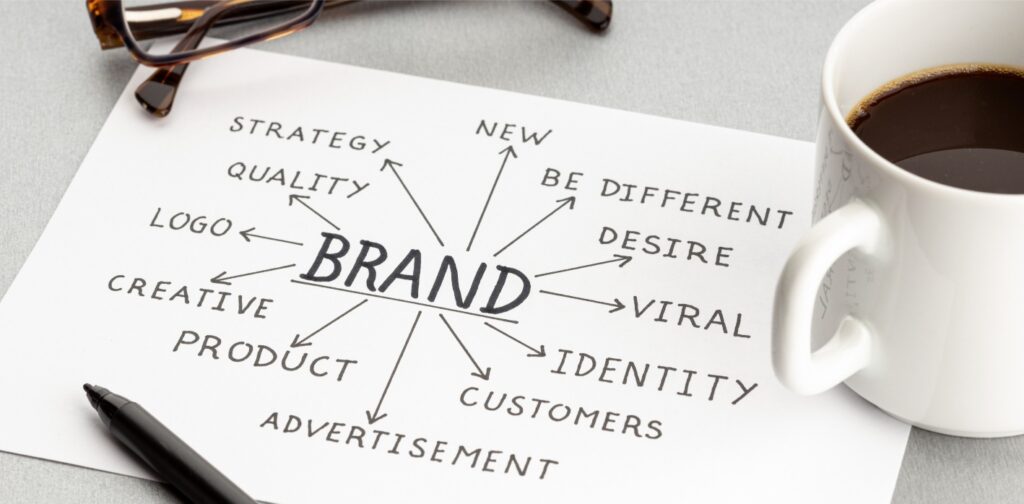
Before diving into sketches or software, it’s crucial to grasp the brand’s identity. A logo should represent a company’s values and communicate its personality effectively. Starting from scratch or refreshing an existing design requires a clear understanding of the brand’s purpose to ensure a more focused process.
Defining Brand Identity
The first step is thinking about what the brand stands for and what emotions it should evoke. For instance, a tech startup may aim for a clean and modern look, while a crafted product might call for warmth and detail. Establishing these parameters ensure the design aligns with the business’s essence.
Research Competitors and Industry Trends
Studying logos from similar industries is recommended to identify trends and opportunities for differentiation. A creative, well-researched approach helps make the design memorable without blending into the crowd. For example, understanding what works for small businesses or global brands in the same sector can clarify the direction.
2. Conceptualization
Once the brand’s essence is clear, it’s time to explore creative ideas. This step is where concepts begin to take shape, even if they’re just rough drafts.
Brainstorming and Sketching Ideas
It can be helpful to grab a pen and paper to sketch out as many ideas as possible. The focus should not be on perfection but on capturing the spirit of the brand. This initial stage is ideal for experimenting with elements that reflect the company’s message.
Mood Boards and Inspiration
Building a mood board with colors, typography, and visuals can spark new ideas. Designing for a small business or a larger corporation, this technique helps define the aesthetic direction and generate fresh concepts.
Choosing the Right Design Direction
After exploring several options, the design direction should be narrowed down. The decision has to take into account whether the style will be minimalistic or detailed, retro or modern. The brand’s identity will guide this choice to ensure the selected style aligns with the overall vision.
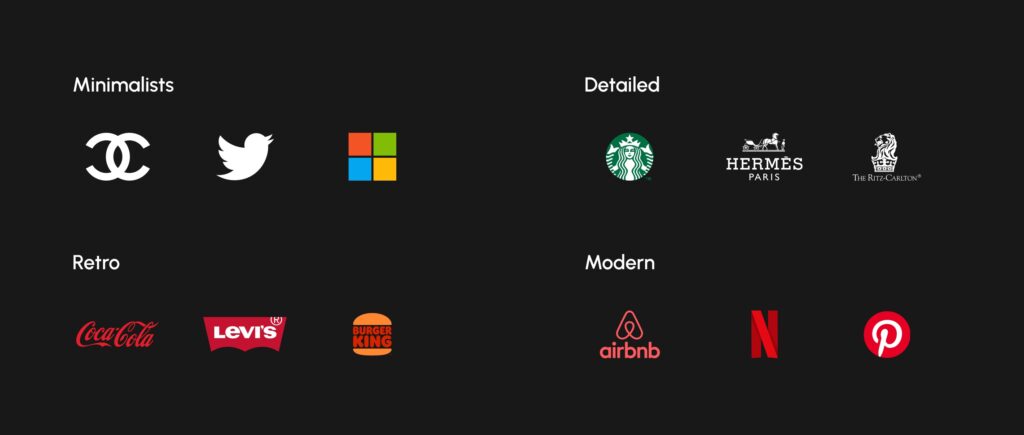
3. Logo Types and Styles
Choosing the right logo type is vital to create a design that resonates with the target audience and stands the test of time.
Different Types of Logos
- Wordmark: Uses the brand’s name in a distinct font. Examples include Google or Coca-Cola.
- Lettermark: Utilizes initials or abbreviations, like HBO or NASA.
- Pictorial: A symbol or icon that represents the brand, for instance, Apple’s apple.
- Abstract: A unique geometric form that doesn’t directly represent something recognizable, like Nike’s swoosh.
- Mascot: A character or illustration representing the brand, as seen with KFC’s Colonel Sanders.
- Emblem: A combination of text and a symbol within a shape, commonly used by universities or sports teams. Examples include the logos of the University of California or the NFL teams.
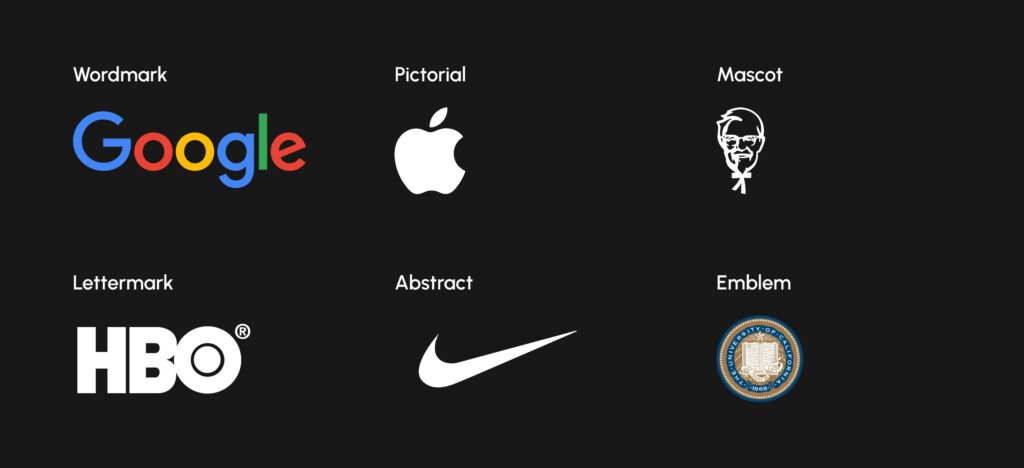
Understanding these types will help to decide which approach aligns best with the company’s vision and audience preferences.
4. Choosing Colors and Typography
Color Psychology
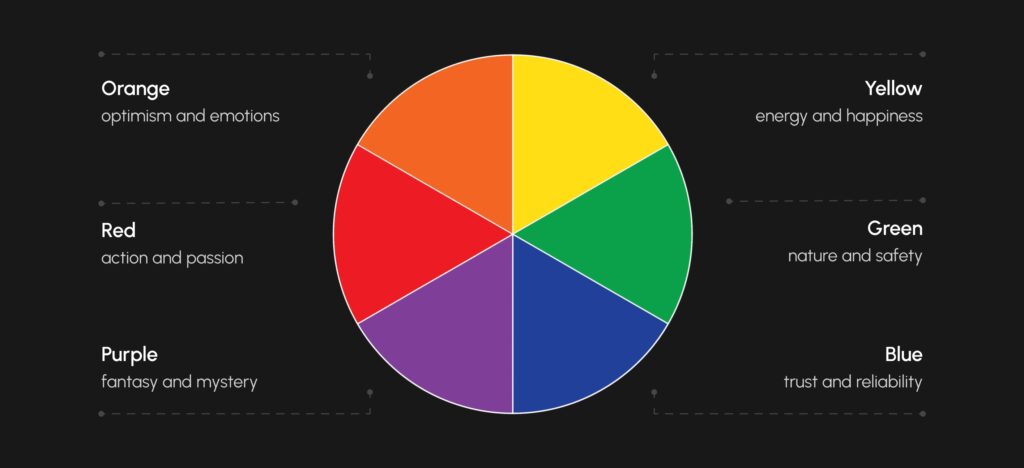
Colors are more than decoration—they’re a tool for communicating emotions. Blue, for instance, conveys trust and reliability, making it a popular choice for financial and tech companies. A vibrant palette might suit a creative brand, while muted tones can signal sophistication.
Color Palette Selection
The logo doesn’t require every color in the spectrum. A simple, well-balanced color palette is usually more effective. It’s often best to choose one or two primary colors, paired with one or two secondary colors, to achieve a cohesive look that adapts well to various contexts.
Typography
Fonts play an equally important role. Bold, sans-serif typefaces convey modernity, while serif fonts add a touch of tradition or elegance. Matching the typography to the overall design secure the logo remains cohesive and effective.
5. Digital Design Process
Using Design Software
Modern tools like Adobe Illustrator and Figma make transforming ideas into scalable, high-quality designs easier. Vector graphics guarantee the logo looks sharp across all platforms, from business cards to billboards.
Creating Vector Designs
It’s important to create a logo as a vector graphic. Vector files (.SVG, .EPS) are crucial because they allow the logo to be resized without compromising quality.
Grid Systems and Alignment
Using a grid system during the design phase helps maintain balance and alignment, ensuring the final logo feels polished and professional.
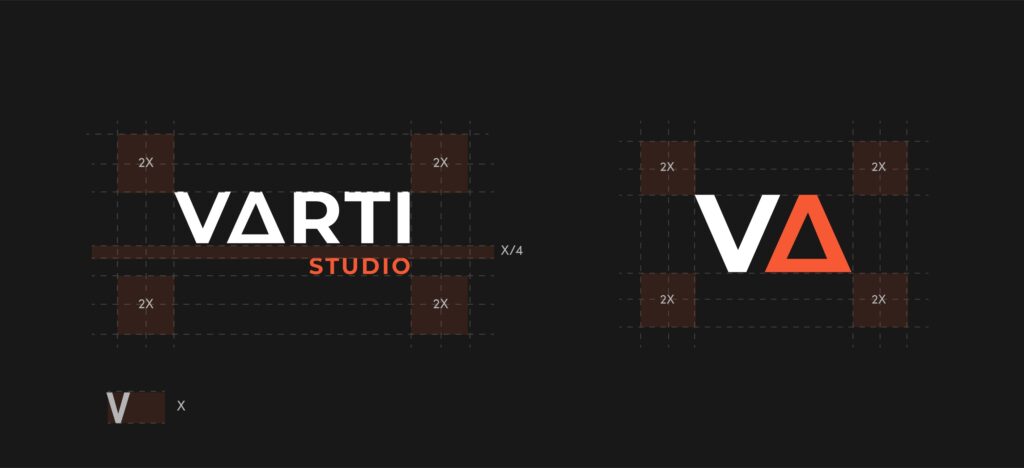
6. Refining the Logo
Simplification
Less is often more when it comes to logo design. A clean, simple logo is easier to remember and recognize. Unnecessary elements or excessive details should be removed to avoid cluttering the design.
Feedback and Iteration
It can be helpful to show the design to others for constructive feedback. Adjusting based on suggestions can improve the overall impact of the logo, making certain it works well in various contexts.
7. Finalizing the Logo
Exporting in Multiple Formats
Once the logo is finalized, the next step is to export it in several formats. Common formats include:
- SVG and EPS: Vector formats for scalability.
- PNG: A high-quality image file with a transparent background.
- JPEG: A widely used format for web-based applications.
Creating a Logo Style Guide
A style guide helps ensure consistent use of the logo. Guidelines for spacing, color palettes, and acceptable variations should be included to maintain brand integrity across all touchpoints.
Conclusion
Designing a logo is more than just creating an image; it’s about capturing the essence of a brand and presenting it to the world. By following these steps and remaining open to creativity and feedback, a design that stands out and builds a lasting connection with its audience can be crafted.




